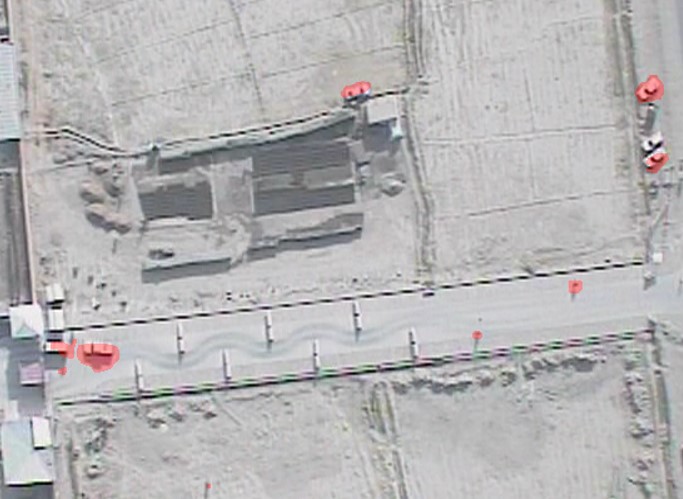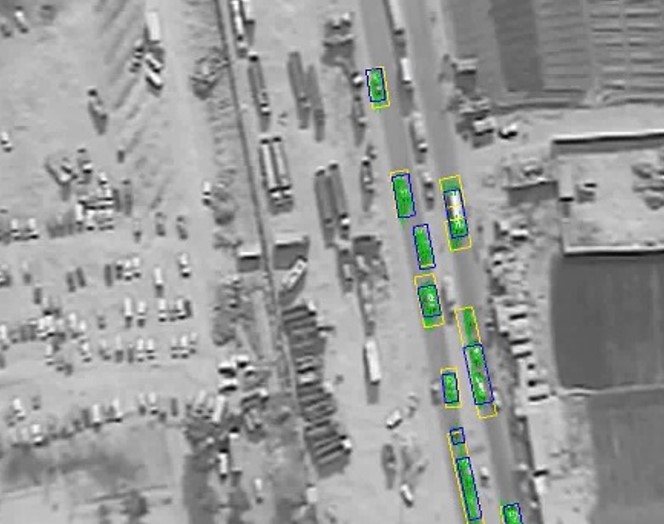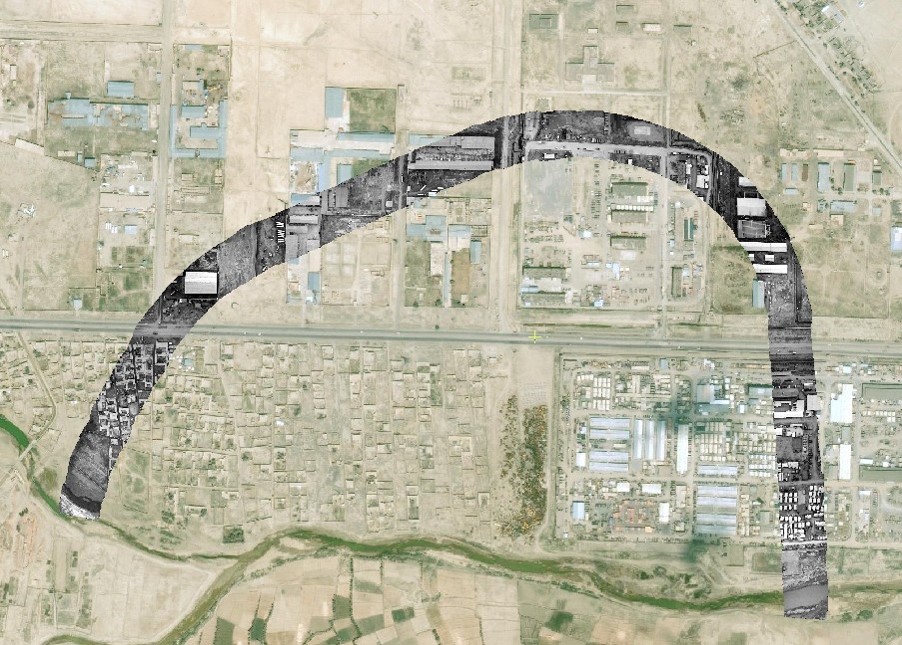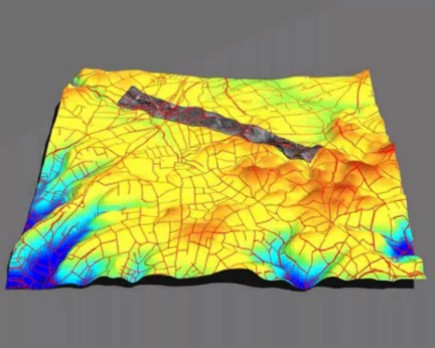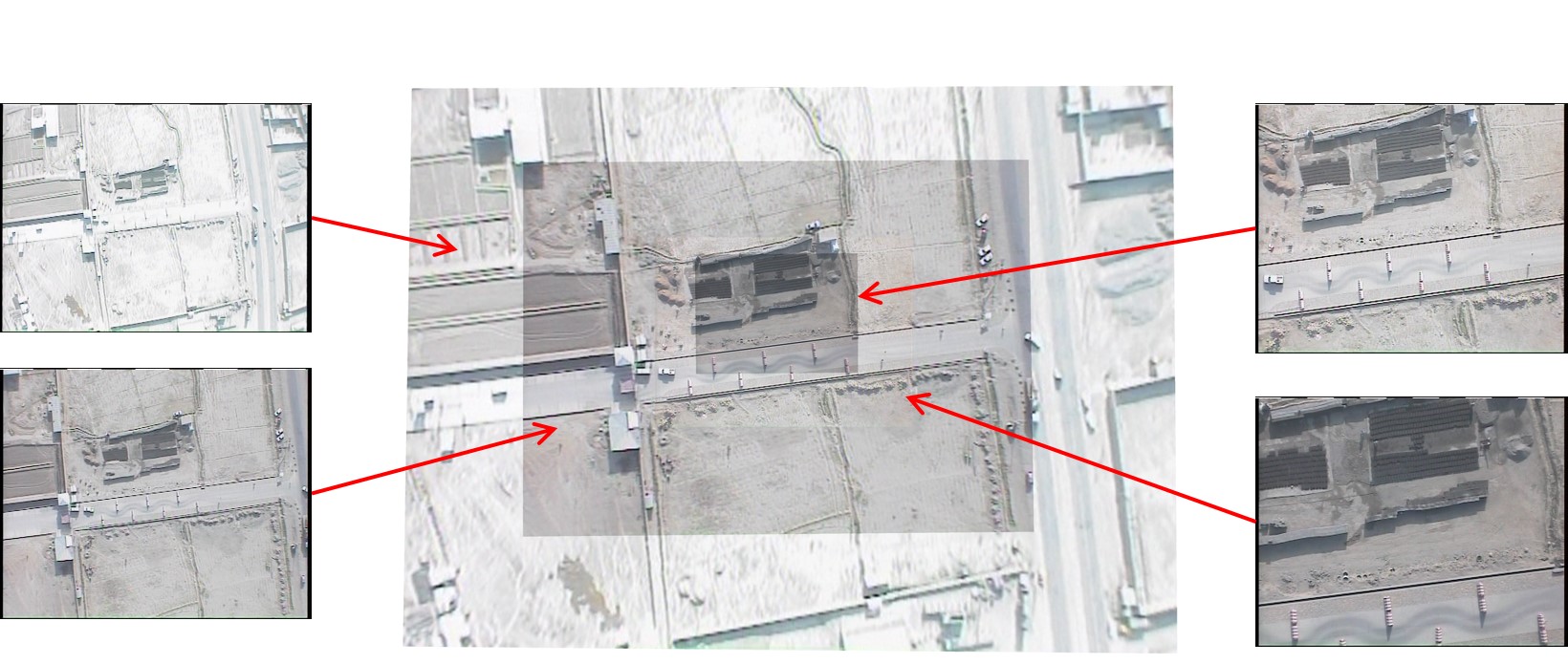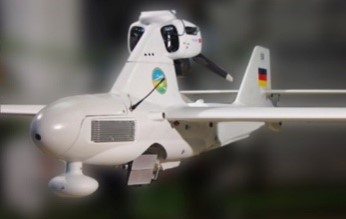
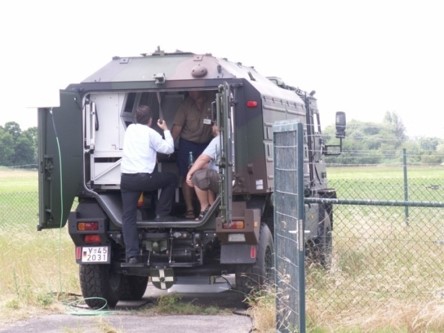
Task
For reconnaissance and surveillance as well as search and rescue tasks the benefits gained by invoking video equipped UAVs are evident. Via various types of data links the video data acquired by UAVs is sent to ground stations where – at the state of the art - human operators exploit the displayed video streams. In this context, Fraunhofer IOSB has developed ABUL, which is a system designed for assisting the exploitation process and to disburden the operator during critical missions.
Thereby, ABUL provides real-time optimized features for online surveillance and tactical reconnaissance as well as functionalities valuable for offline reconnaissance tasks.
Current Missions
ABUL has successfully been tested by the German ISAF (International Security Assistance Force) in Afghanistan and KFOR (Kosovo Forces) contingent and is now deployed with the LUNA UAV system in Afghanistan and by the Swiss Air Force.
Datalink Interface
ABUL is flexible regarding adaptation to different sensors and data links. It has been successfully deployed for several years with the LUNA UAV system, which is in use in the Bundeswehr (German Army), with Smaragd by EMT, Condor by OHB, and ADS 95 Ranger, which is in use in the Swiss Air force.
It is also used to exploit UAV-borne SAR and hyperspectral imagery. Due to its modularity, ABUL can be connected to any data link by replacing or adapting the data import module.
Visualization Concept
The basic concept of ABUL incorporates a dual screen system with an adaptable graphical user interface (GUI). The GUI version adapts automatically to different sensor systems, like the six sensor system carried by the UAV LUNA. The first screen shows the video window, which displays the video streams of all sensors. In addition to that, the video window provides the operator with controls that enable effective navigation within these streams and controls to enable real-time image processing and exploitation functionalities as described later on. The second screen shows the map or the exploitation window, which incorporates the display of processing results and the controls to access post processing and export functionalities as well as associated external software.
 Fraunhofer Institute of Optronics, System Technologies and Image Exploitation IOSB
Fraunhofer Institute of Optronics, System Technologies and Image Exploitation IOSB 